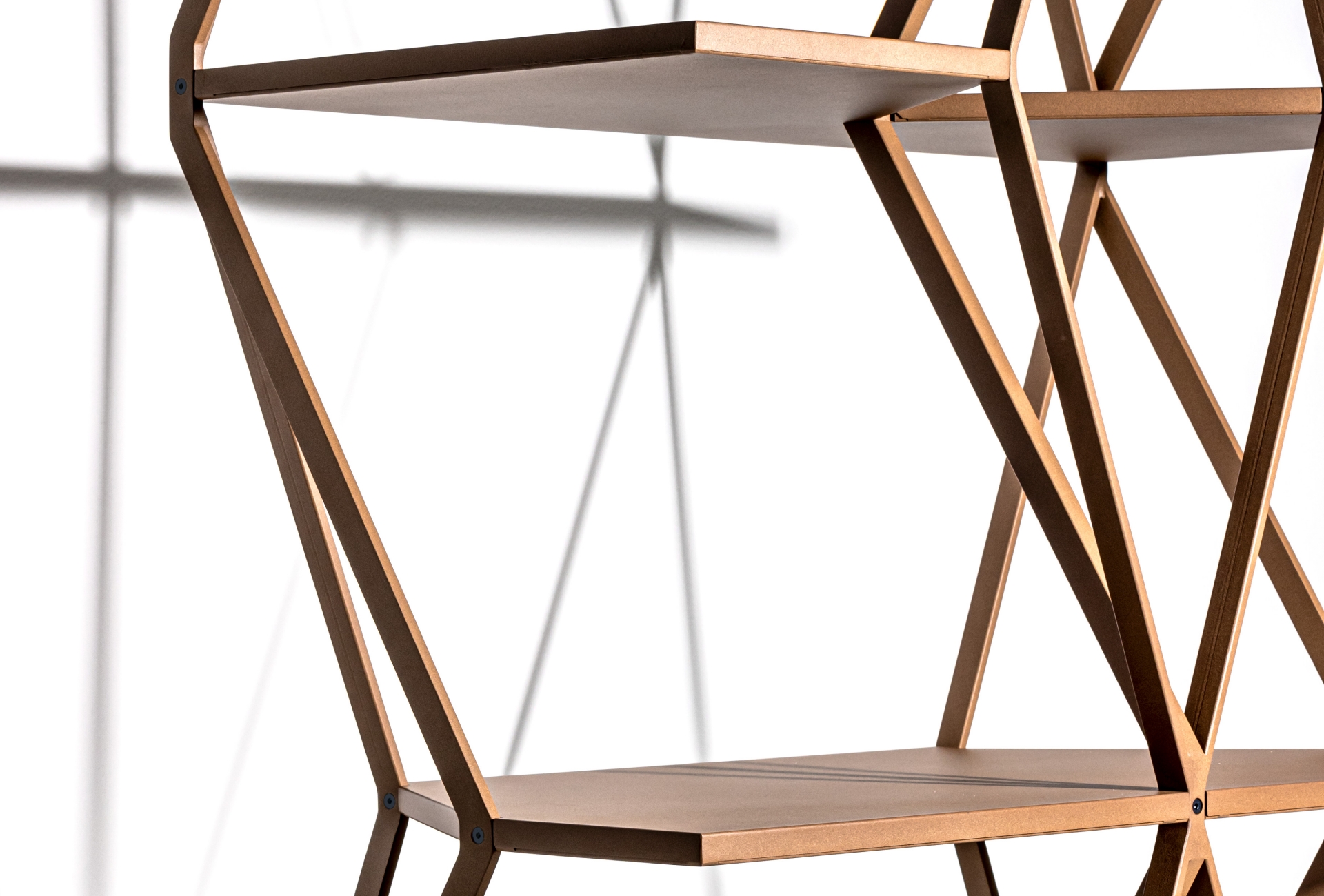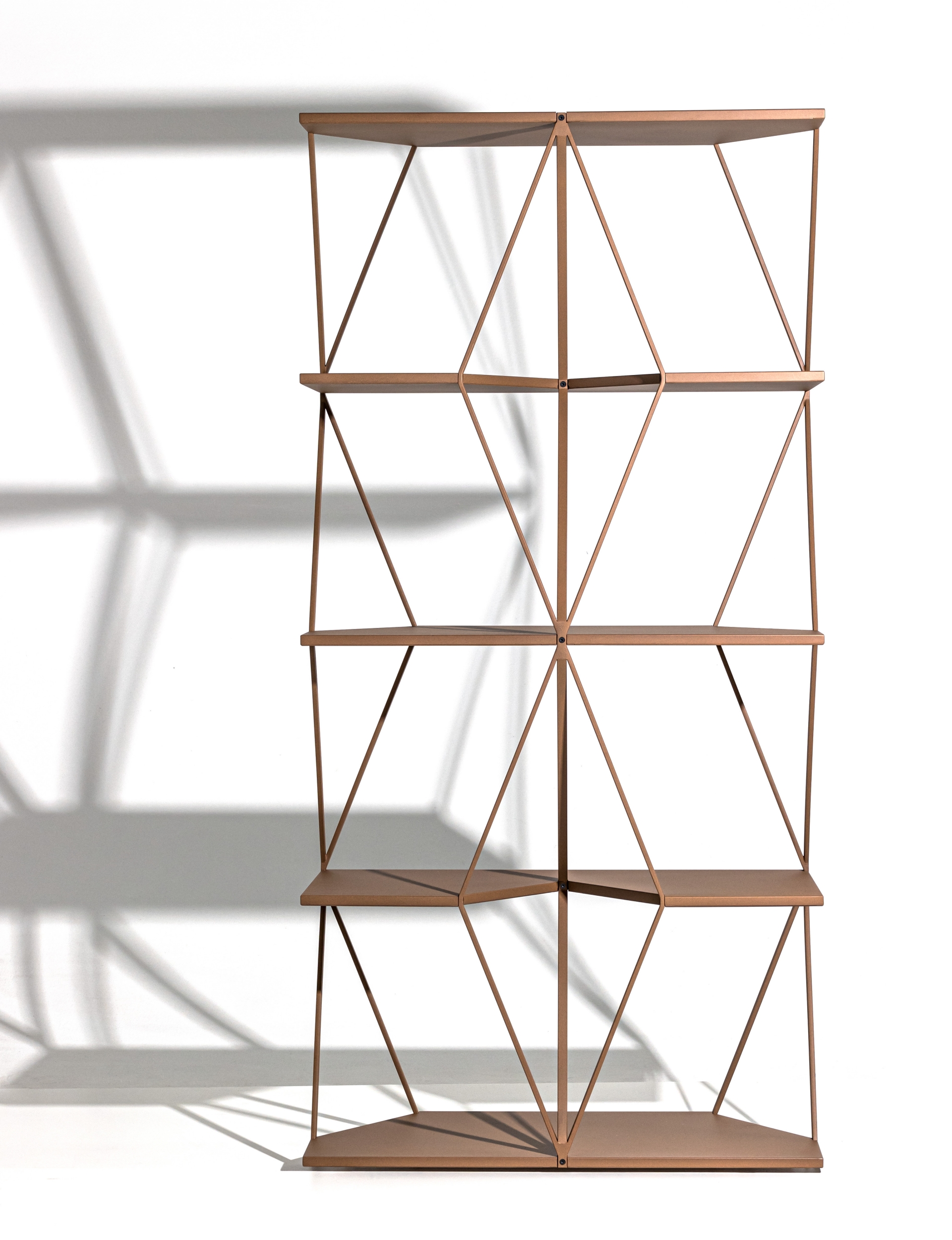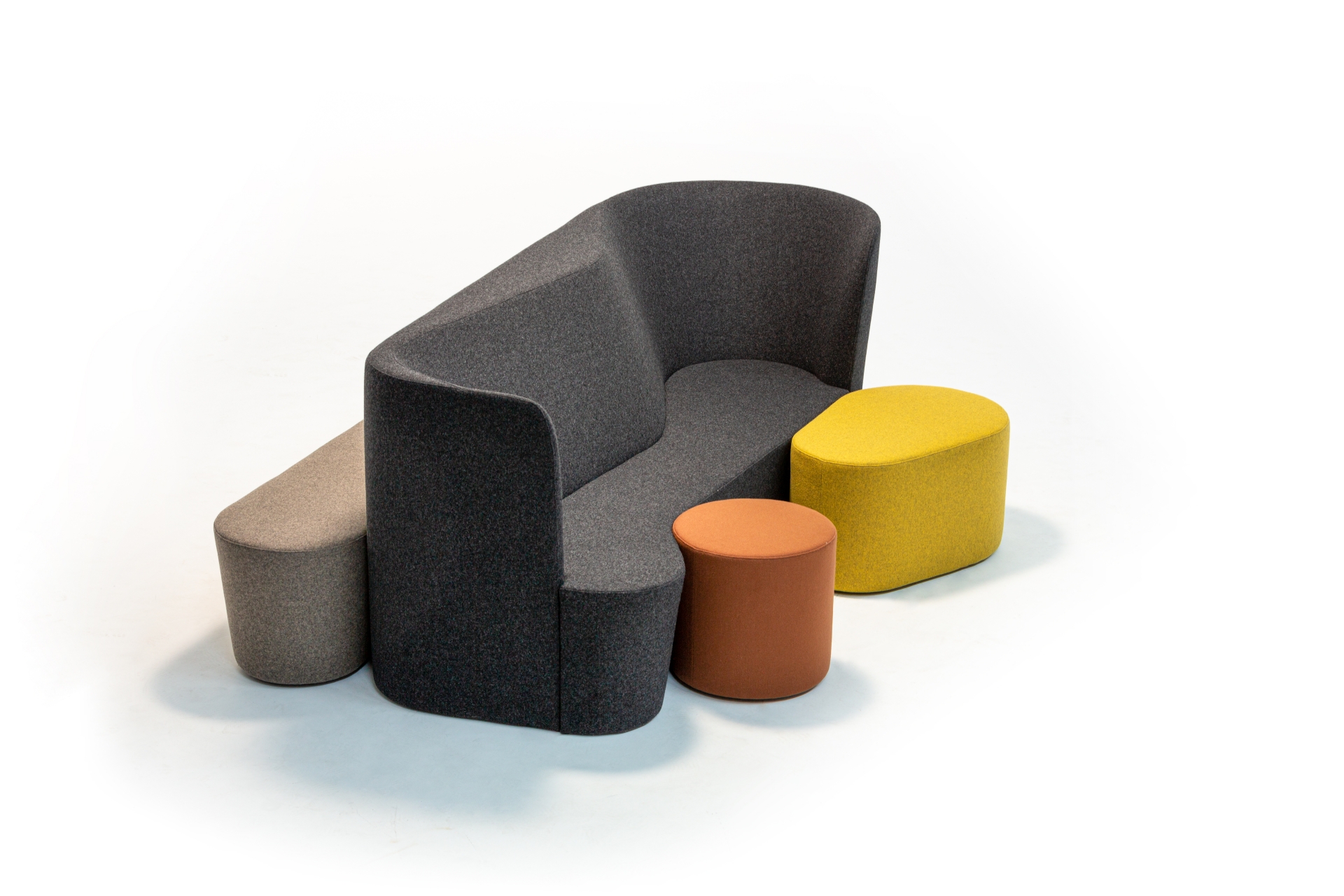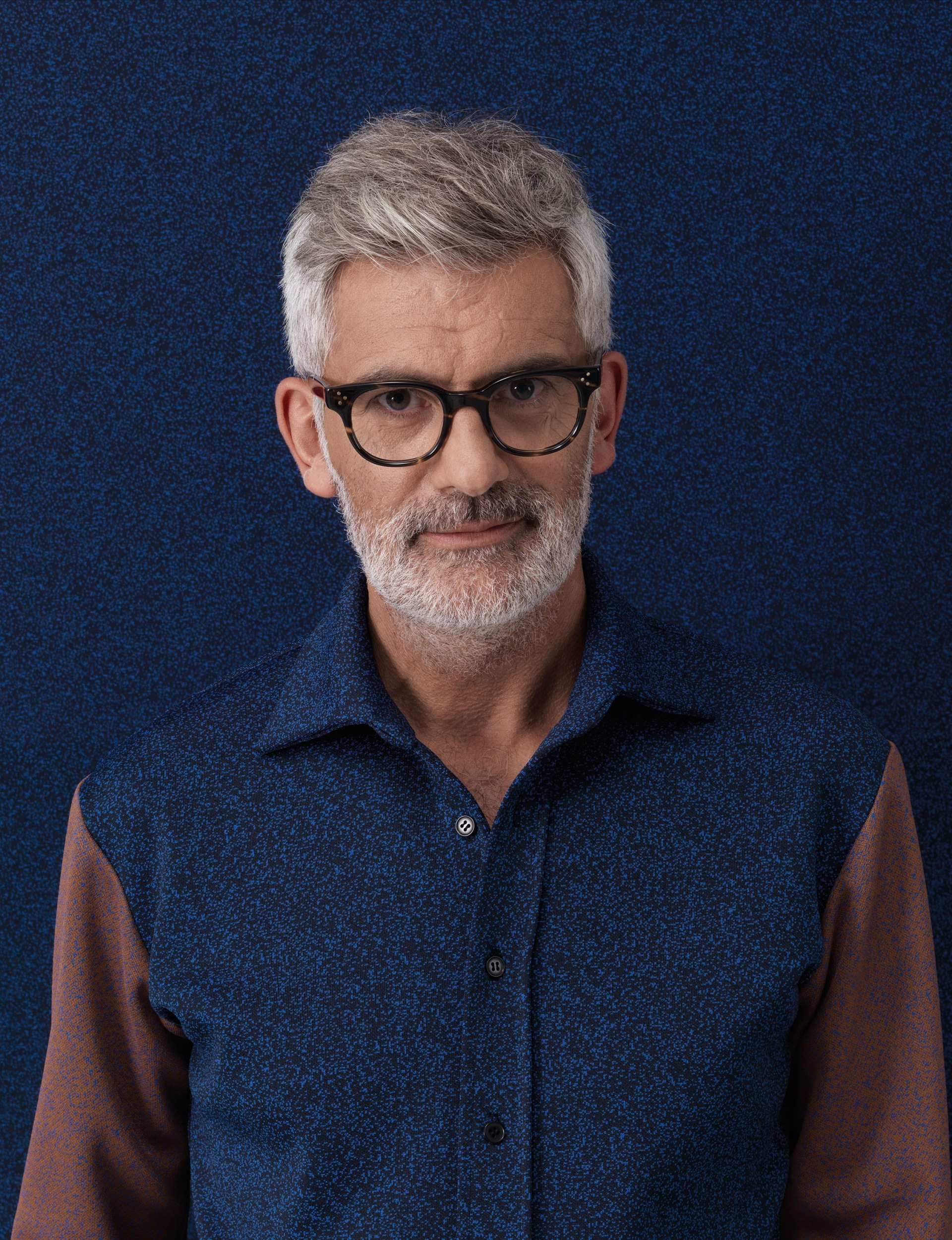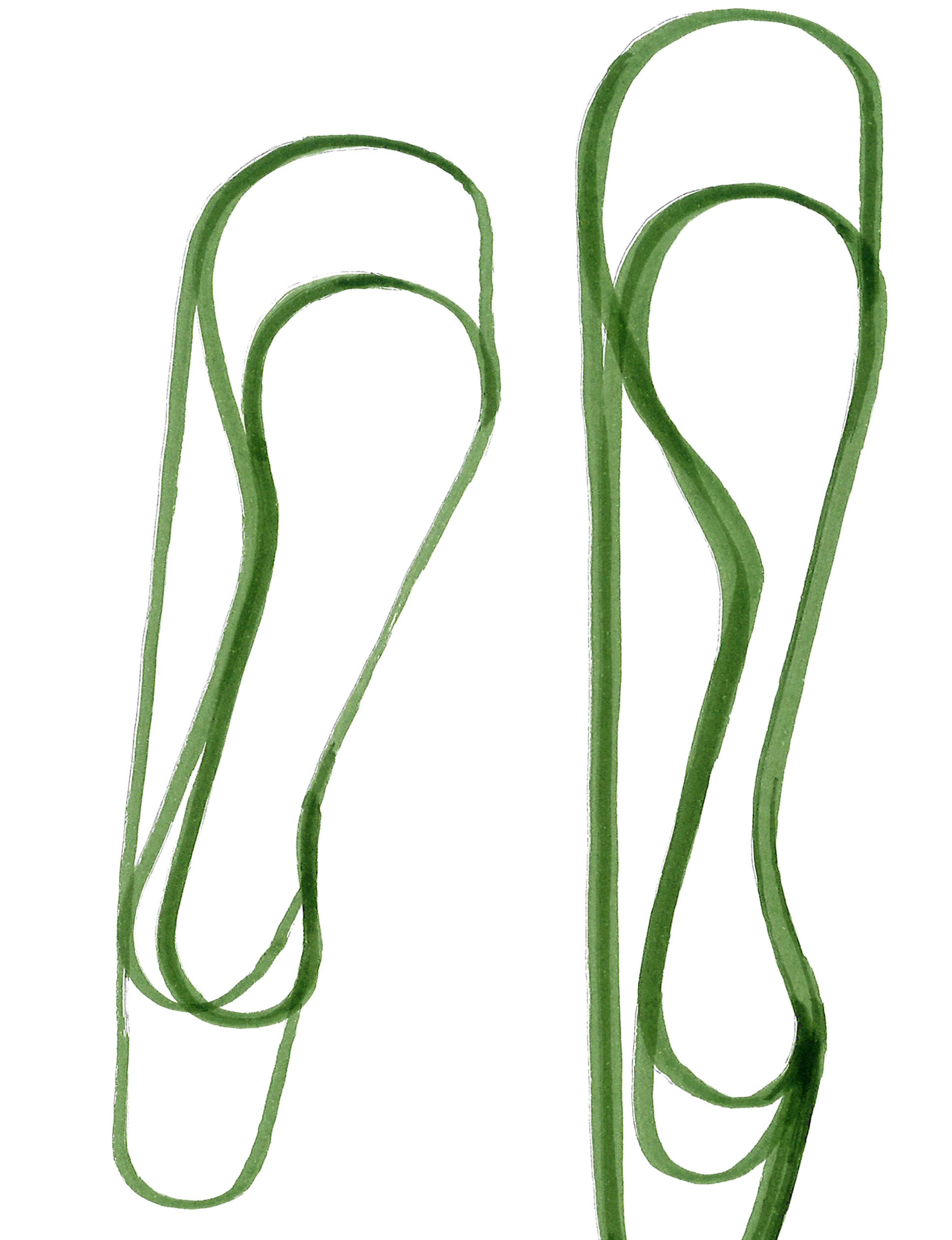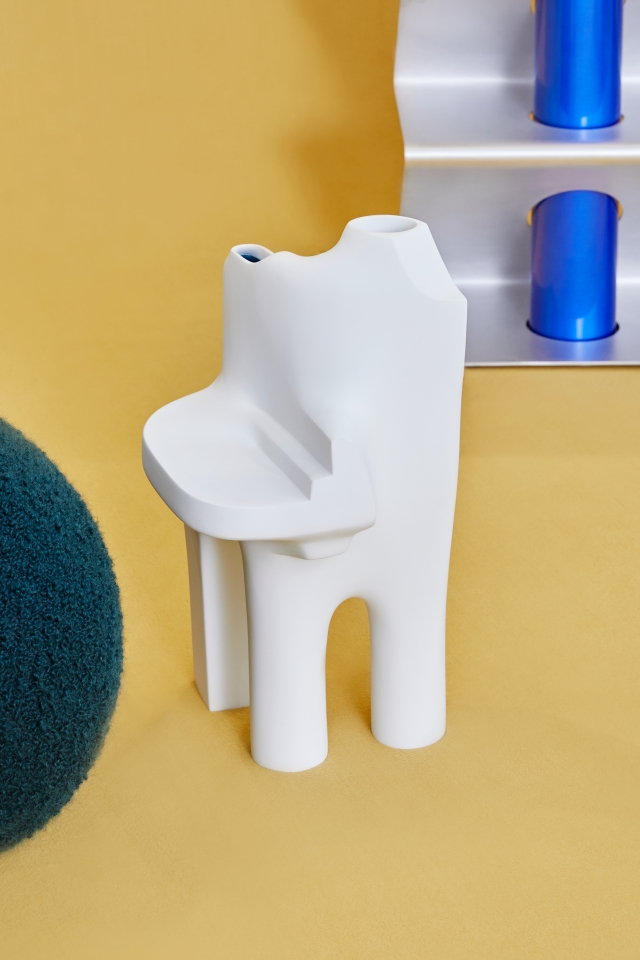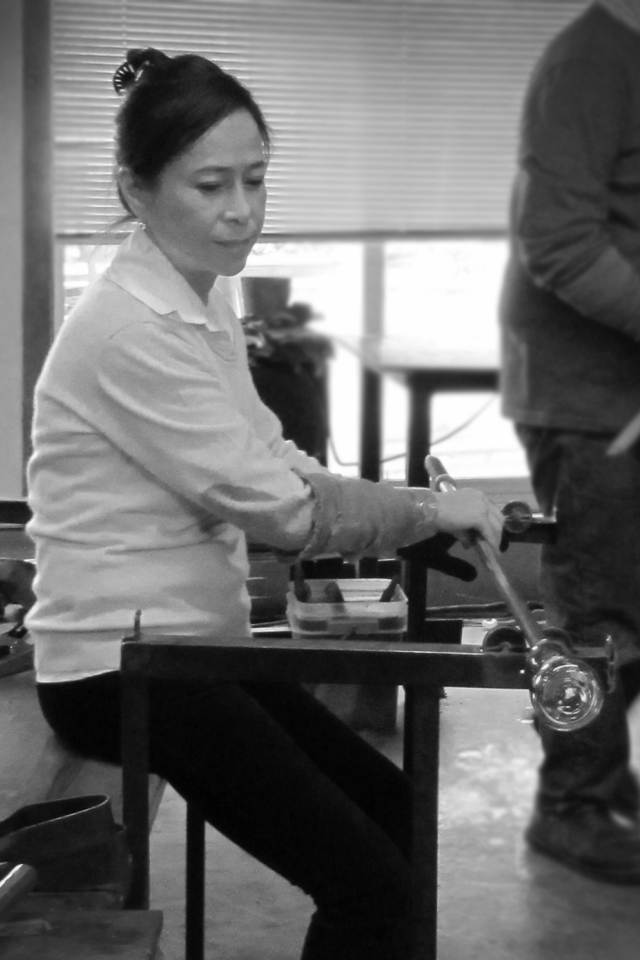That’s perhaps the biggest challenge; how does one take the brand to the next level? This is something Moroso does so eloquently and successfully. The brainchild of Agostino Moroso and his wife Diana in 1952, their focus was to make sofas, armchairs and furnishing accessories with an artisanal approach to product manufacturing and extraordinary creativity in the design stage to set themselves apart in the market. In the mid-80’s, the second generation of the Moroso family launched an exhaustive programme of auteur design studies, and now, almost 70 years on, the brand is positioned among the haute couture of international design. Through the input of artists and creative visionaries, including Ron Arad, Ross Lovegrove, Konstantin Grcic Design, Toshiyuki Kita, Marcel Wanders, Tokujin Yoshioka, Enrico Franzolini, Doshi & Levien, Tord Boontje, nendo, Front and others, Moroso has created a collection of iconic designs. All of these boast an unmistakable Moroso style, yet each exuding the essence of different latitudes and cultures. This 2021, the magic of the brand continues, with highlights spanning the Pacific series designed by Patricia Urquiola, the Frame-shift bookshelf system by Oscar and Gabriele Buratti, Salon Nanà furnishings by Annabel Karim Kassar, Olafur Eliasson’s The Secret Cubic shelf, TABA by Alfredo Häberli, and a series of carpets created by Moroso.
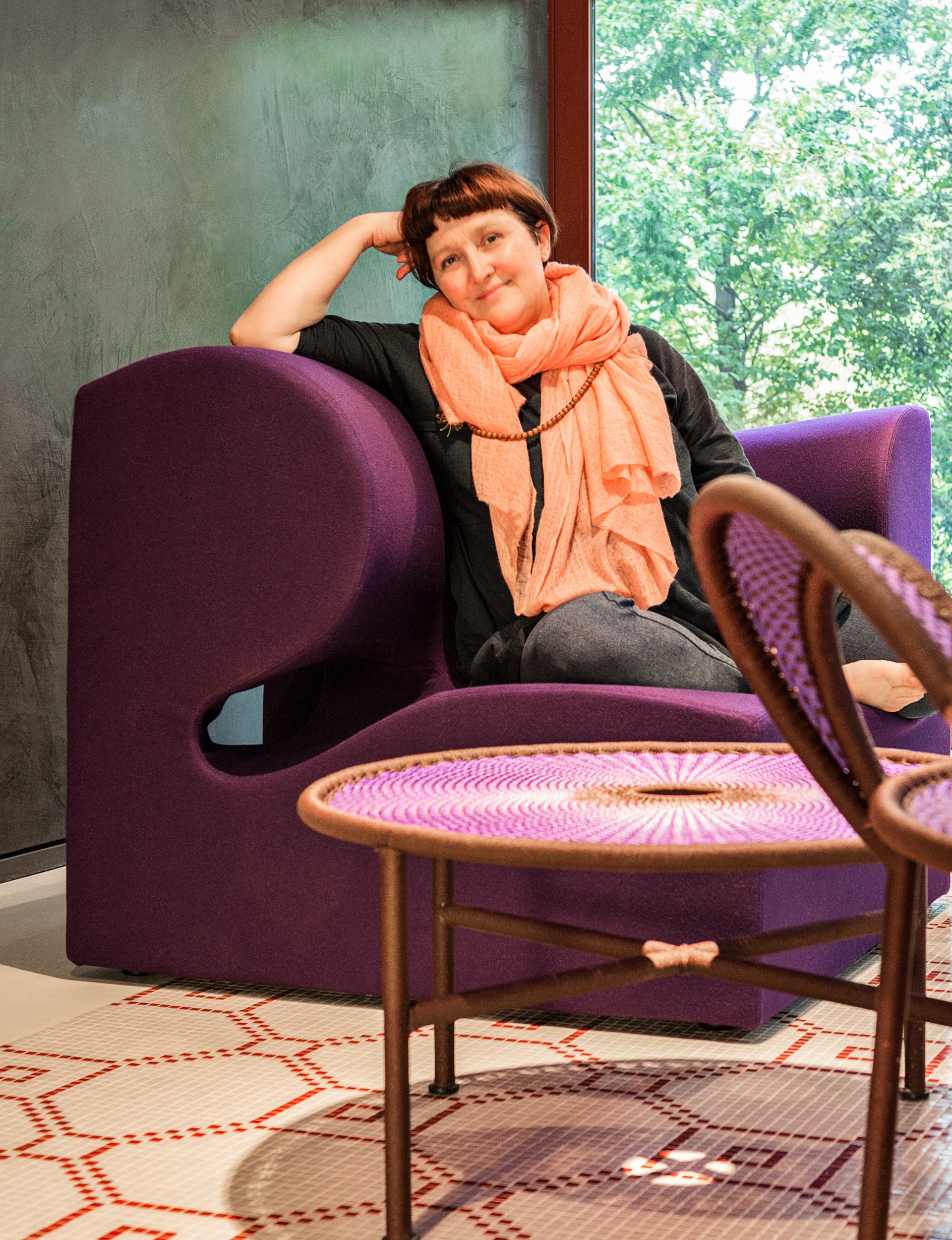
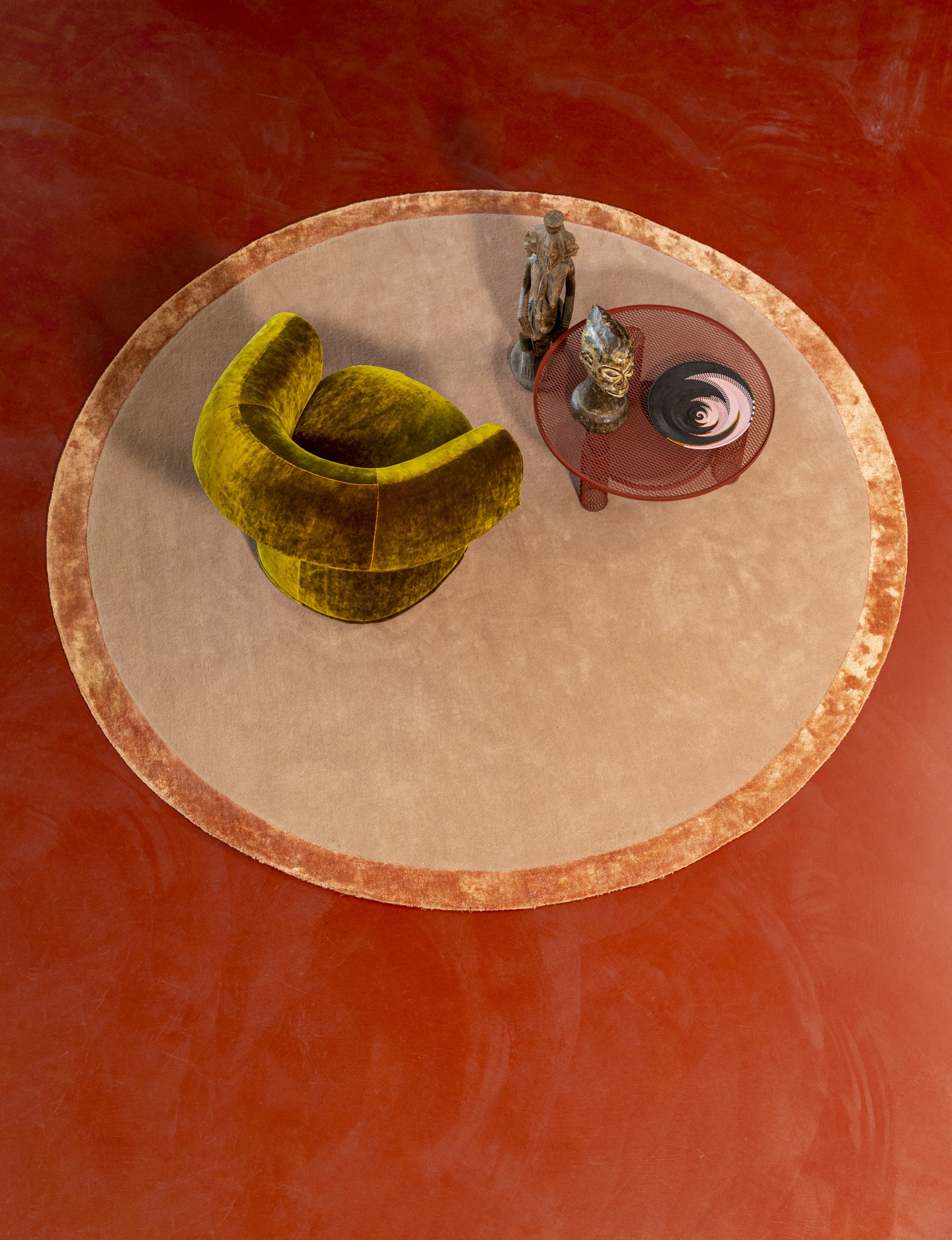
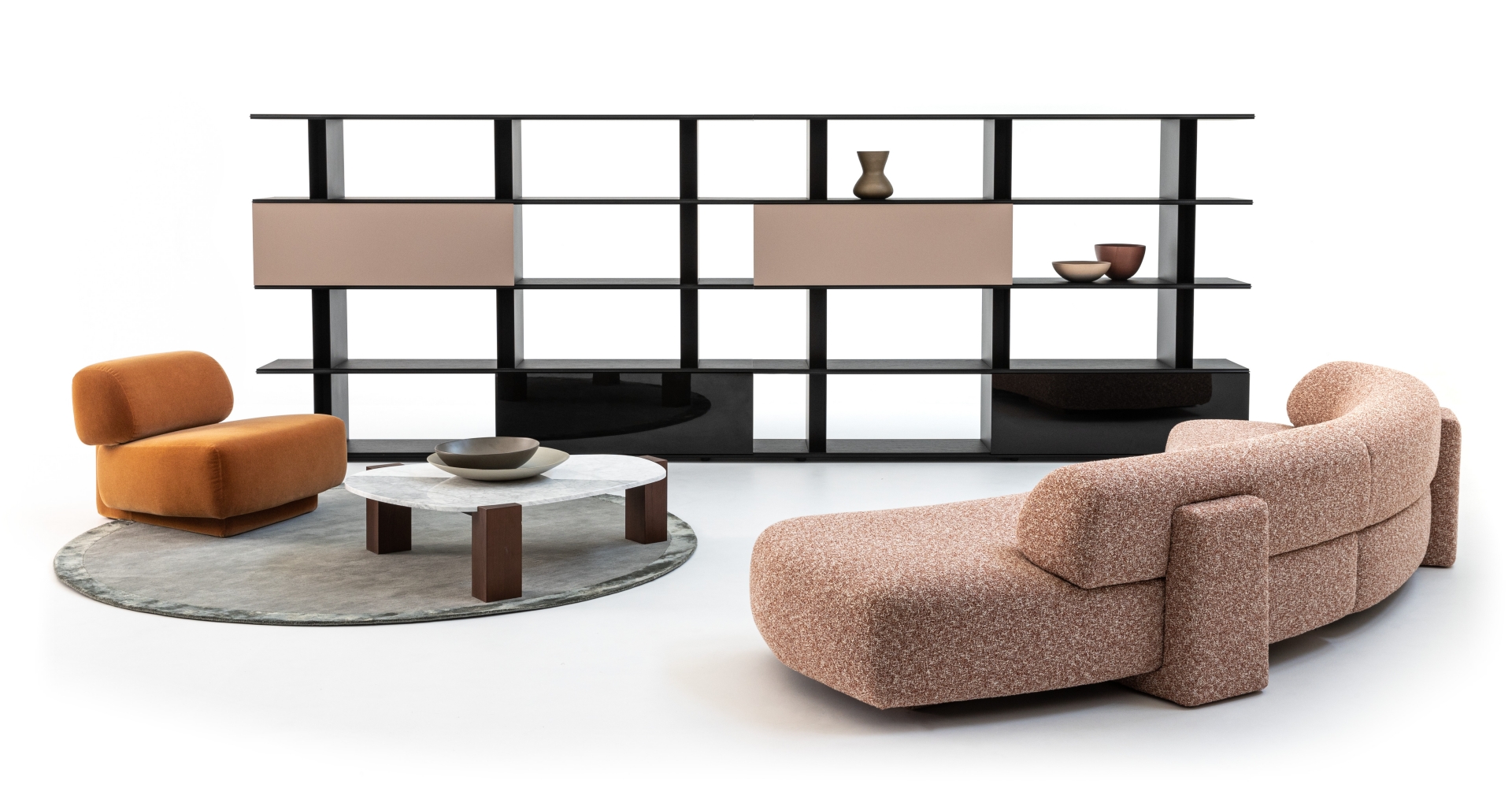
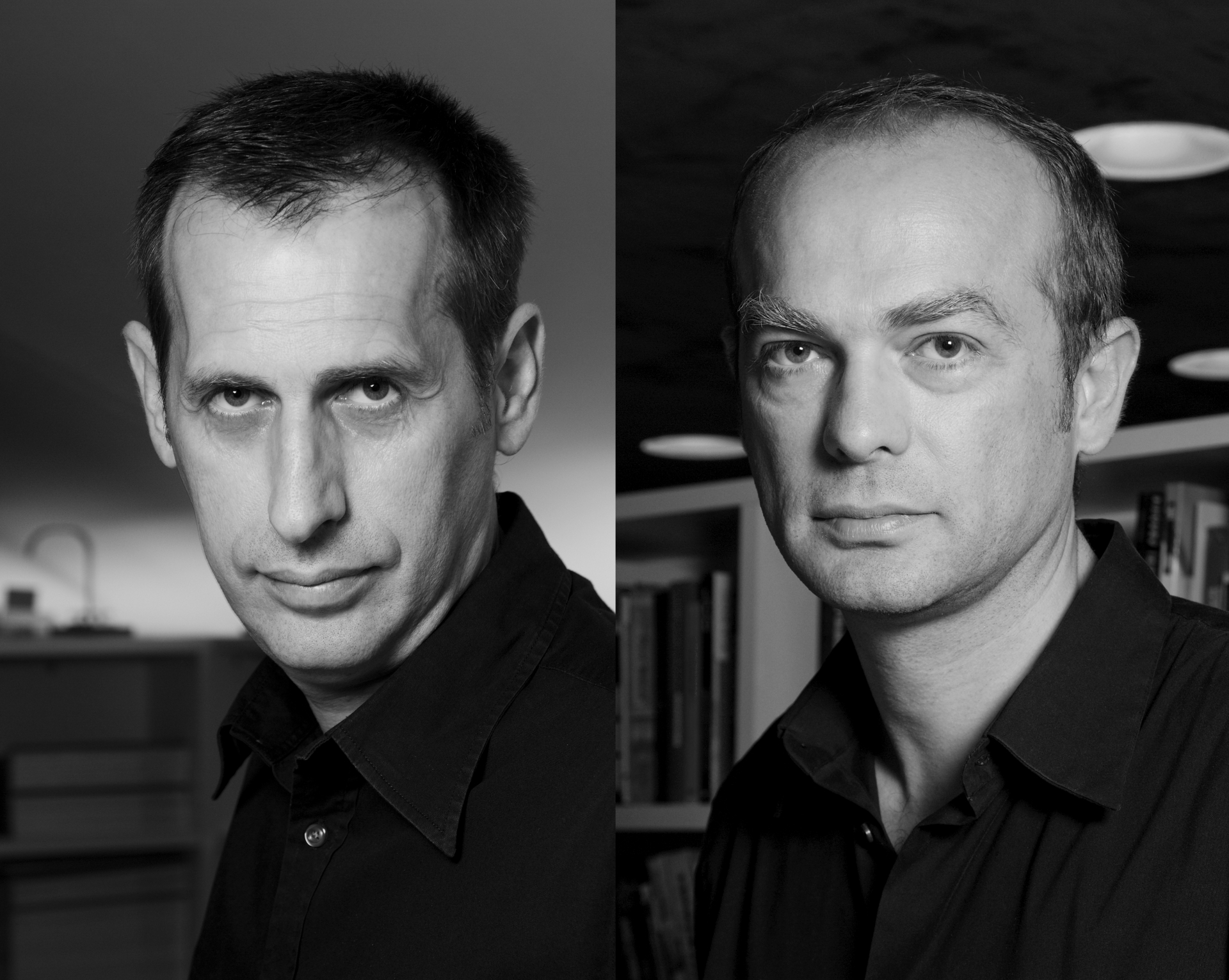
The Pacific series of sofas and armchairs by Patricia Urquiola demonstrates sinuous curves and rounded, oversized forms, evoking the relaxed and laid back atmosphere of the American West Coast, from which it takes its name. This series is a continuation of Urquiola’s Redondo collection, now equipped with new, luxurious materials to reproduce the deep arc of the seating, which seems to envelope its user in a tight hug. The Frame-shift bookshelf created by architects Oscar and Gabriele Buratti is an essential system, made up of very few elements that are repeated by means of vertical overlapping, to form compositions characterised by the horizontal essence of the planes. “It’s a systemic piece of furniture designed to be transversal - a simple compositional idea, by superimposition, characterises single-sided wall elements and double-sided partitions, low and high volumes, open bookcases and closed furniture, which give structure to the spaces, connecting and separating the spaces of the living and dining areas, of the bedroom as well as of the study area,” the architects explain. Meanwhile, French-Lebanese architect, Annabel Karim Kassar is committed to bringing design closer to the world through The Salon Nanà Collection. The collection features a flexible modular sofa system which can adapt to various situations, and two different collections of side tables, all of which are inspired by Moroccan traditions. “I lived in Morocco for three years and adore the black and white striped djellaba, worn by men, which you can see everywhere in the Medina,” explains Kassar. “With the fabrics of the sofas, I wanted to bring to mind a place, a time, an atmosphere. A constantly evolving state of mind contrary to everything that is static.”
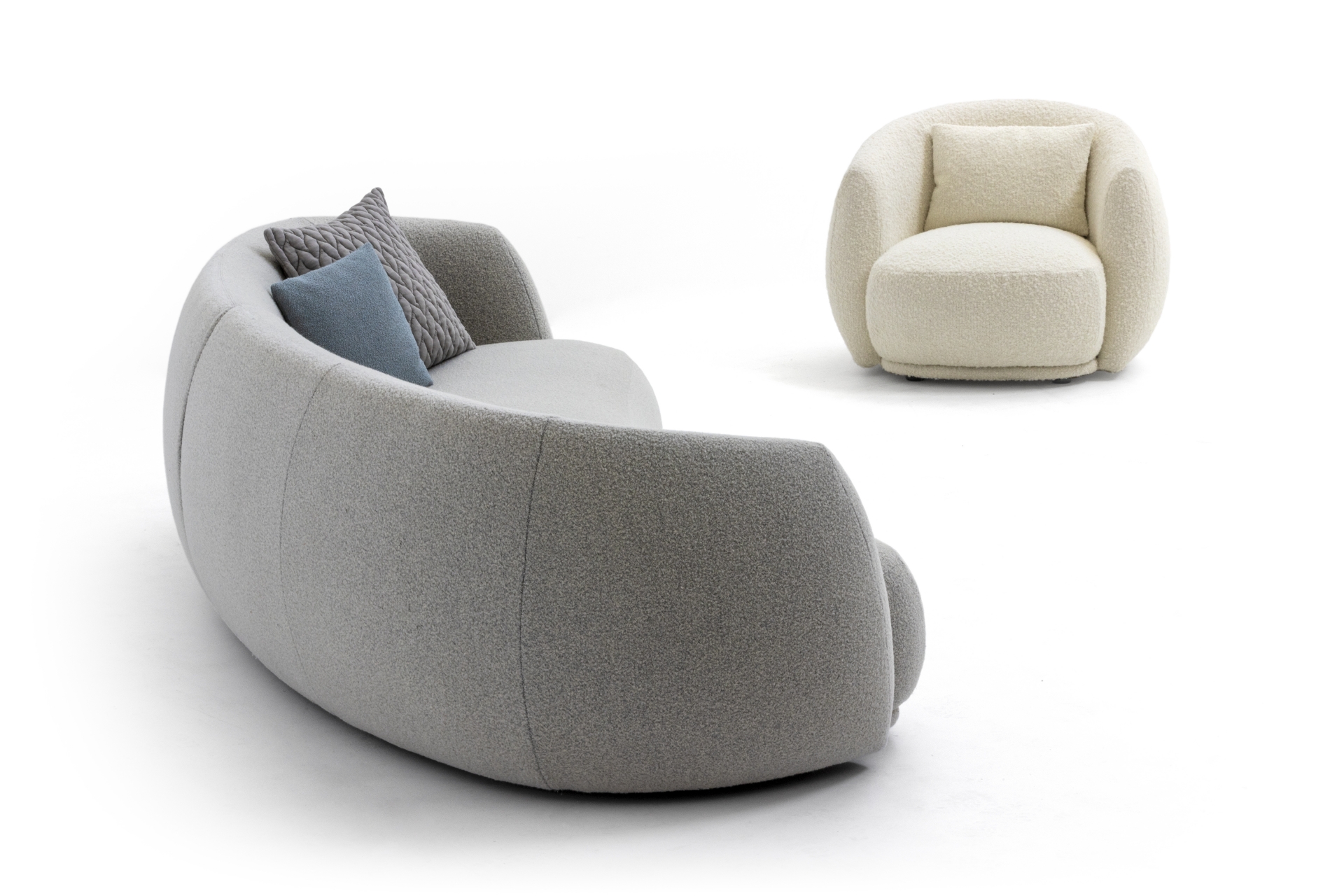
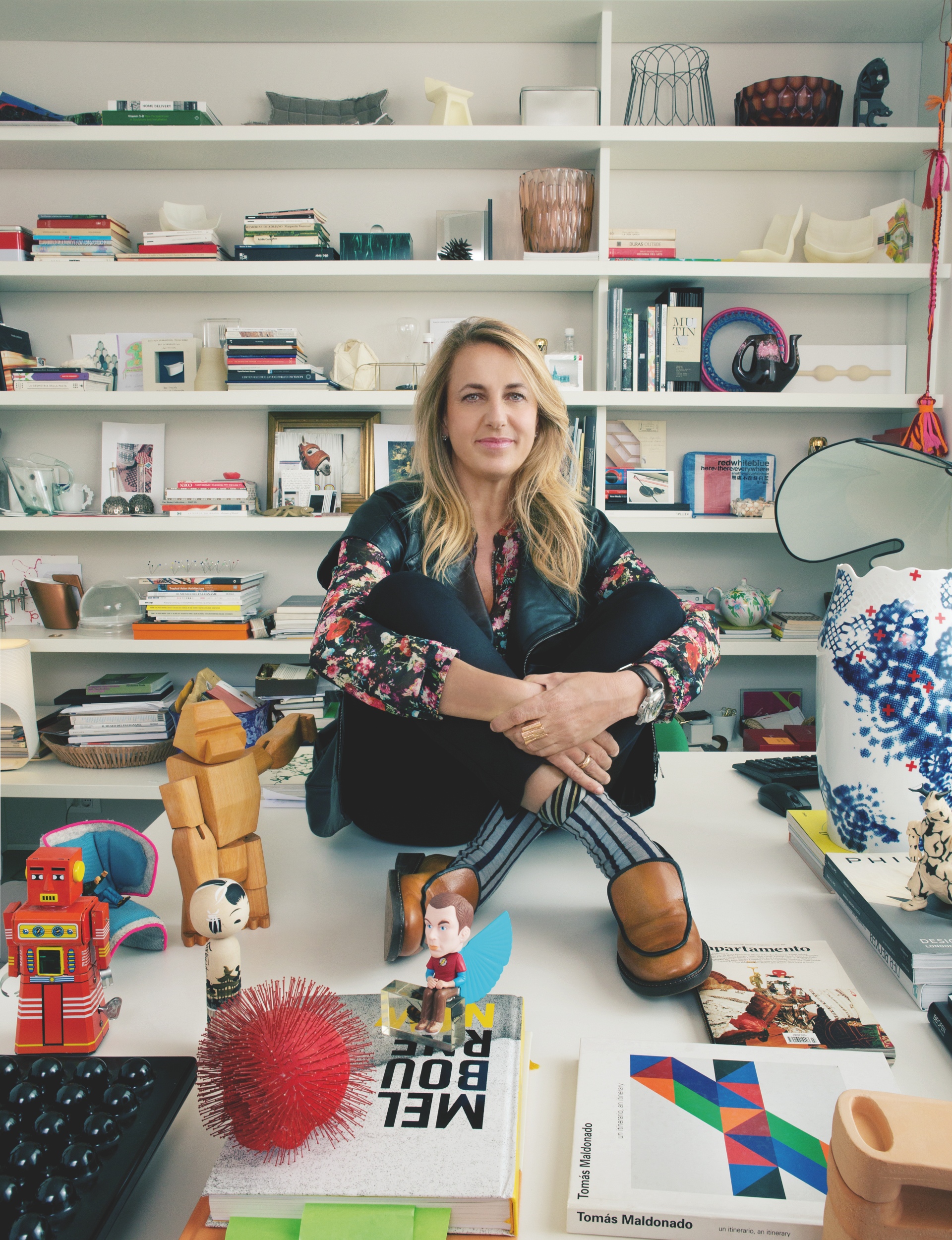
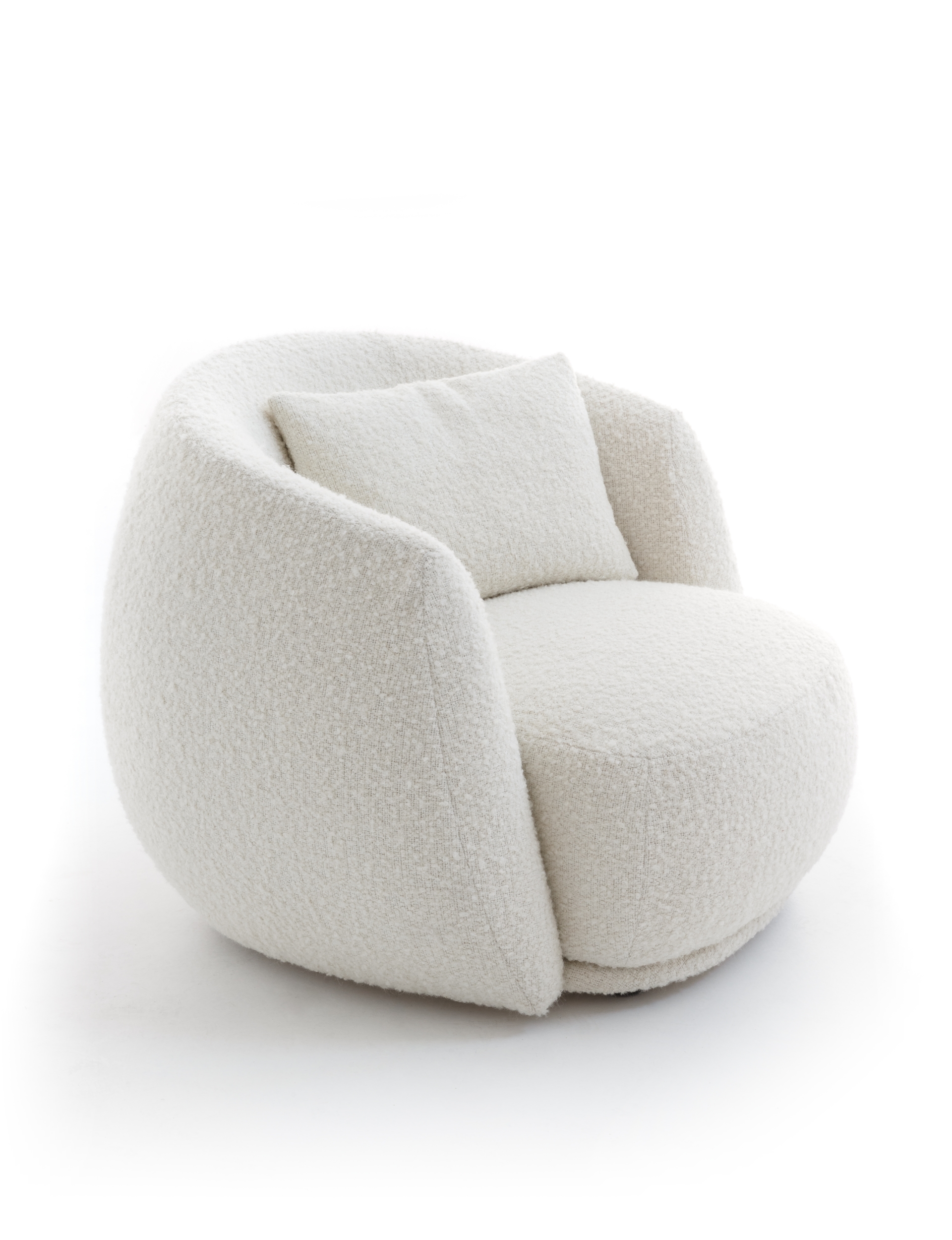
Secret Cubic Shelves, which was born from the Green light – An artistic workshop project, is composed of eye-catching geometric lines by Icelandic-Danish artist, Olafur Eliasson. The shelves are built around a rhomboid shaped negative space, delineated by modules, while the modules are based on the geometry of the golden triangle. In this new edition, the product is made entirely of iron (recycled and recyclable), with non-toxic powder coating, boasting a short supply chain, as well as the solidity and durability of the products. It guarantees reduced waste of resources, raw materials and energy and, consequently, a lower environmental impact, in line with Eliasson’s philosophy. In Swiss-Argentine designer Alfredo Haberli’s Taba collection, he has created a family of products created for multifunctionality in every aspect of existence: living, sitting, conversing, working. The overlapping of different organic lines and a softness characterised by the asymmetric forms forges the Taba philosophy. Its shape evokes that of the Taba - the name of a cow’s bone specially carved for the occasion used in a game of rural Argentina.
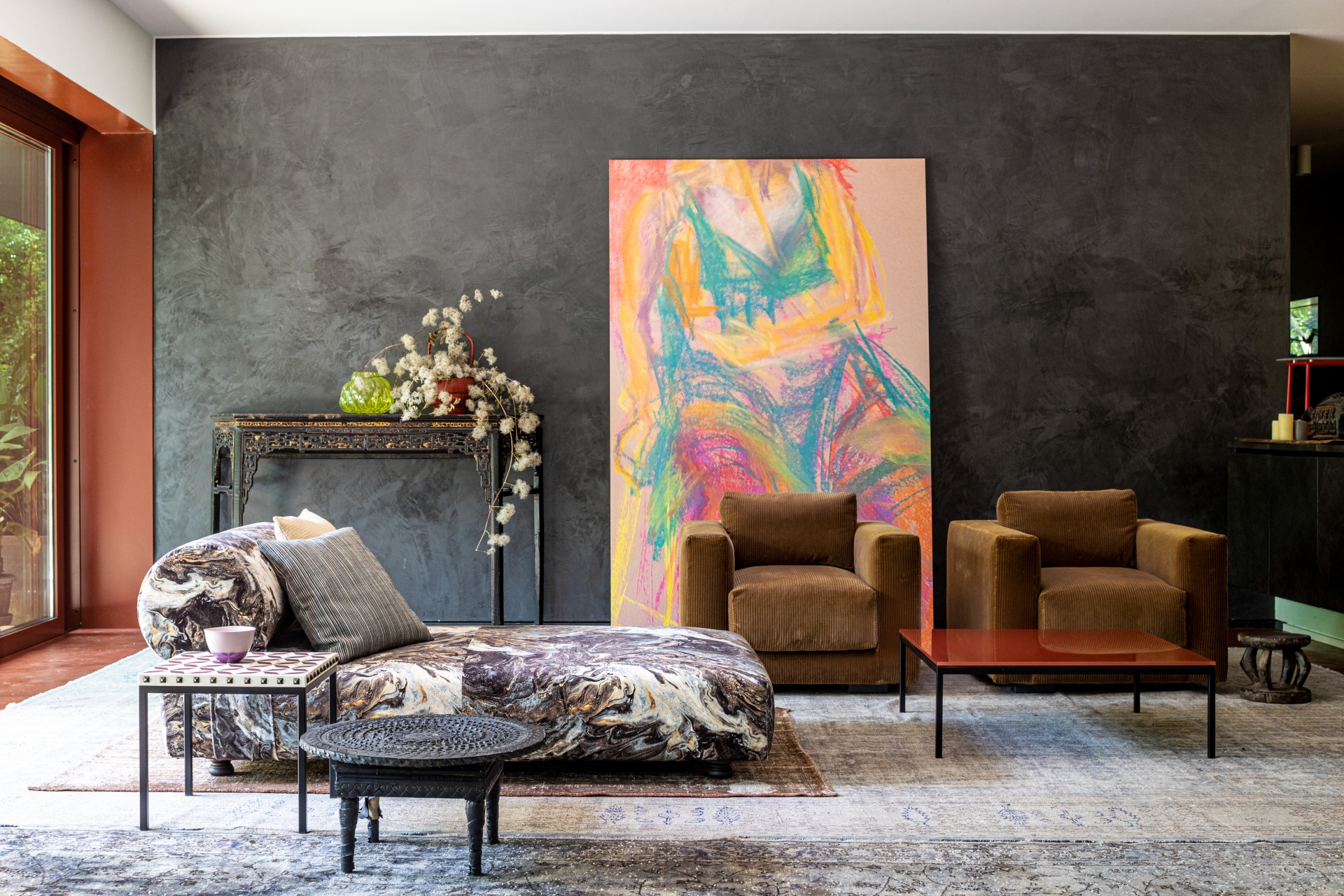
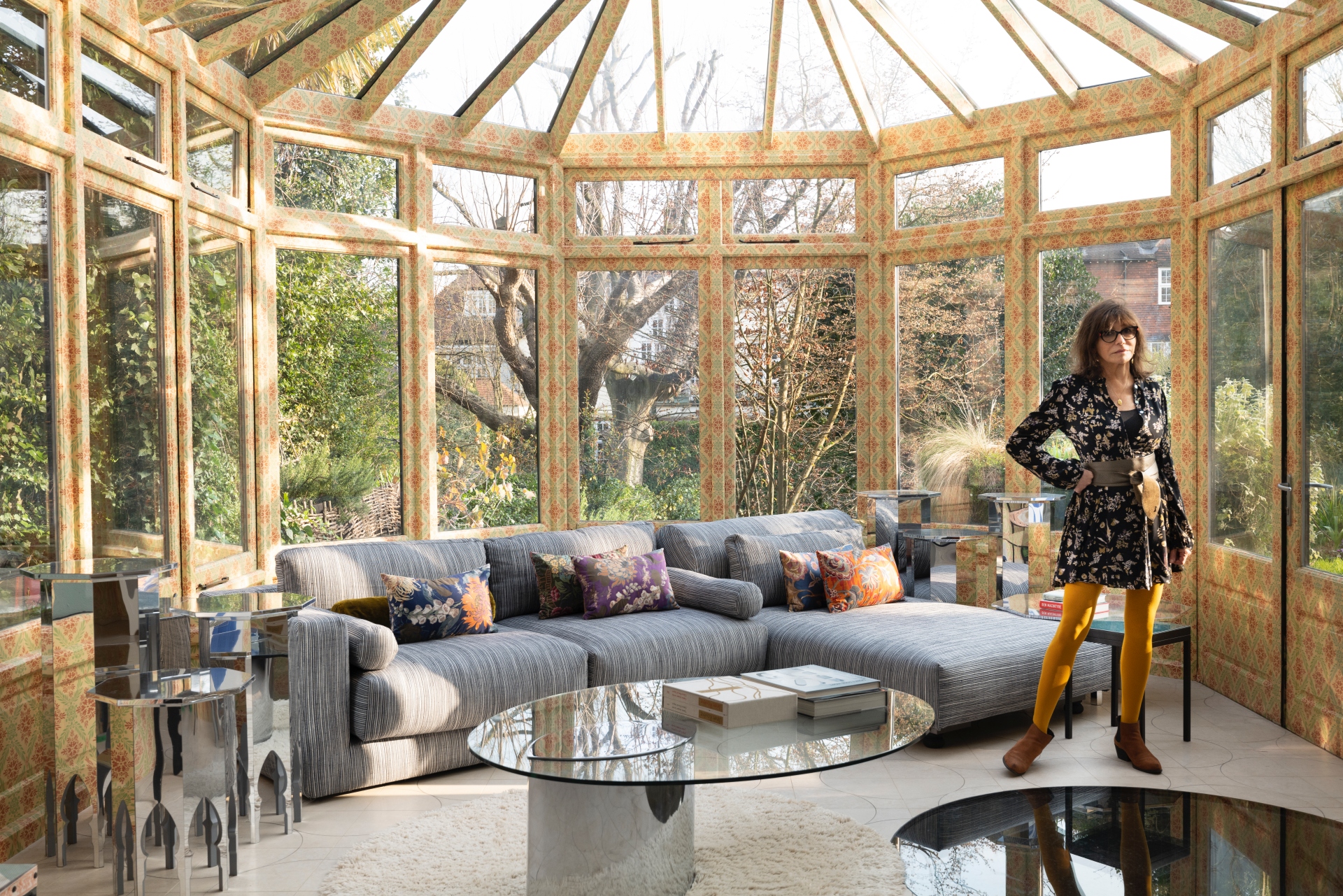
And finally, Patrizia Moroso states on Moroso’s new rug collection, “It’s a selection of high-quality rugs, manufactured by our historical supplier Golran. I’ve always been interested in the research of different materials, and for the series of mats, ‘Himalayan Rugs’, we used Allo, an incredible natural fiber derived from Himalayan nettle, that gives the product an intense brightness.” Clearly, the sky’s the limit throughout the creation of this year’s offerings.
